

Few gadgets give you quite as many buying options as the digital camera.
Even though smartphones have become the go-to camera for most people, there's still a wealth of choice out there - makes and models to suit just about every need and every budget.
That's why picking a camera can be quite a challenge, particularly if you're not sure exactly what you want.
We're here to help you make the most informed choice possible - read on for the specs you should be looking out for and the decisions you need to make.
Main camera types

There are three main types of digital camera: the compact or point-and-shoot is the cheapest and the most basic, offering slight improvements over your mobile (zoom and flash for example) without breaking the bank. You can get some very good high-end compacts if you're willing to pay more, giving you close-to-professional results.
At the top of the pile are the DSLR (Digital Single-Lens Reflex) cameras, with their top-end specs and interchangeable lenses, and mirrorless cameras - these are like DSLRs but sacrifice a little quality and flexibility for a smaller, more portable size. As the name suggests, they don't use mirrors like DSLRs do, which cuts down on their size and weight.
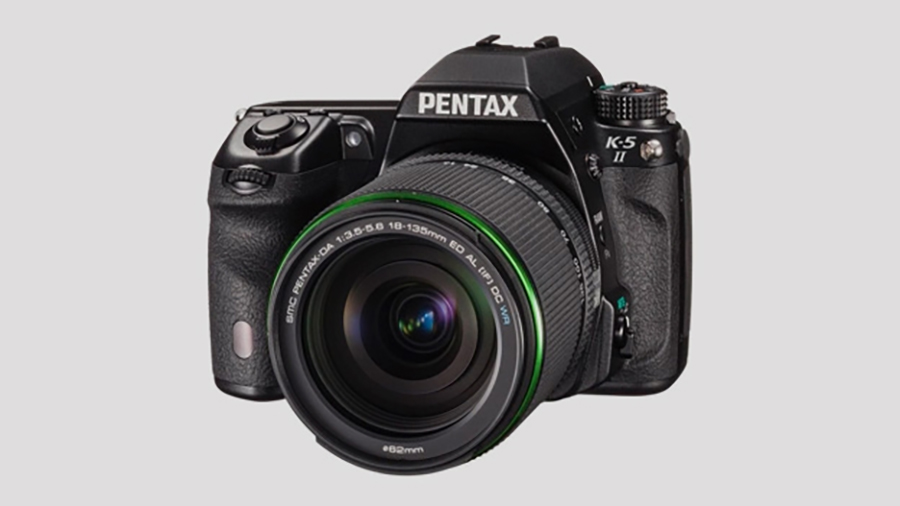
In the middle we have the bridge or superzoom cameras - they're in the middle in terms of both their prices and their features. You get some advanced functionality (like extra zoom) without the added hassle of switching languages, and these are the types of camera many amateurs will pick when they want to start taking their photography a bit more seriously.
Sign up to the T3 newsletter for smarter living straight to your inbox
Get all the latest news, reviews, deals and buying guides on gorgeous tech, home and active products from the T3 experts
No one completely concurs on these labels for camera types and they're shifting all the time, but they should give you some idea of what to look out for. As you go up the scale you're changing the balance between portability and power, with the price rising accordingly - but you can get some really good cameras in all of these categories.
The raw specs

The headline specification on phone cameras tends to be the number of megapixels - which indicates the size and resolution of your images - but it's not always the best way to judge a camera's quality. In fact it's the size of the sensor inside your camera that has the biggest influence on how good or otherwise your pictures are going to end up being.
Larger sensors are better (and more expensive), which is why big cameras can outshoot small smartphones. The very best sensors out there are full-frame 35mm ones, which let the most amount of light in and produce the best pictures as a result - though ultimately you're relying on a combination of different specs and components, not just one.

The next consideration is the camera lens, and your device of choice may or may not let you swap lenses. Look for the focal length (which affects the wideness of your shots) and the f-stop value for the lens aperture (which affects how much light can enter the lens). Some lenses have f-stop ranges, which means you can balance zoom level and brightness.
Optical zoom, meanwhile, just indicates how far you can zoom in without losing quality: useful for wildlife photography but less of a consideration for everyday shots. You might also see ISO mentioned, which is a measure of the camera's sensitivity to light - it's something else to weigh up, but the sensor size is still a more important factor.
Extra camera features
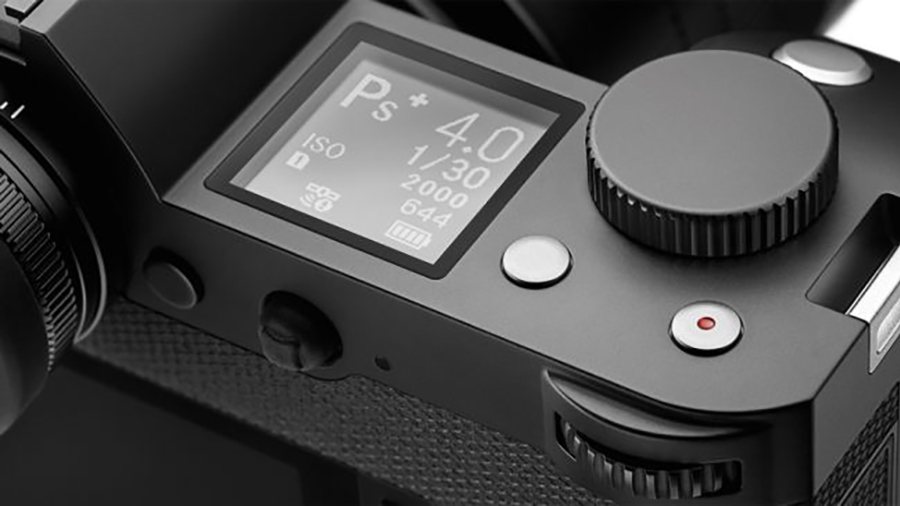
You'll come across a whole host of extra features to pick from - direct Wi-Fi connectivity? Waterproofing? High resolution video? If you have a clear idea of what you want to use your new camera for, then you're going to have a better idea of the extra add-ons you need - if you don't need certain features, on the other hand, you can save yourself some money.
For example: do you need an optical viewfinder, as well as a rear display, or can you live without one? Do you want a camera with an integrated flash or are you happy to shop for a separate one? Would you like to have access to manual image controls or are you happy to stick to the preset modes that come with your camera? There's quite a lot to weigh up.
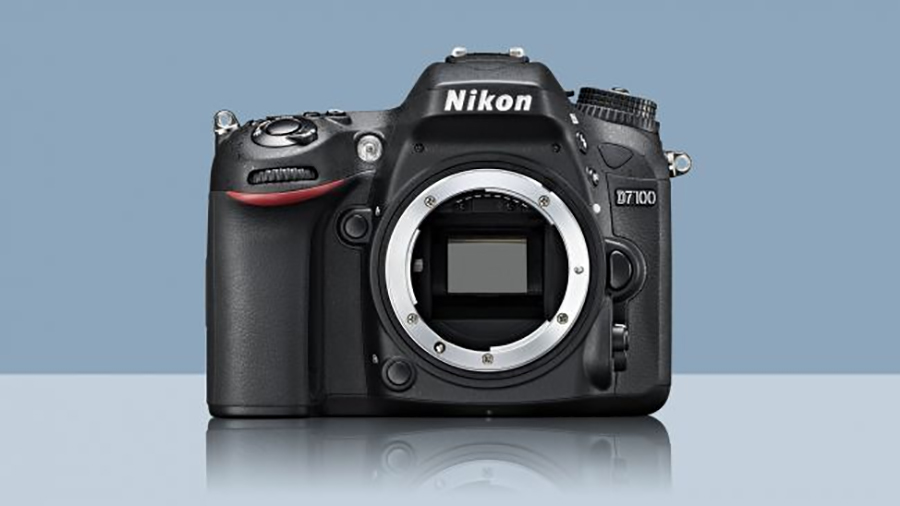
There will be differences in the software as well. Some models will give you more on-board editing and sharing options, as well as neat tricks such as facial recognition so the camera can focus in at the right points. Samsung has even experimented with cameras running Android in the past, though it seems to have abandoned the idea for the time being.
It's also worth checking the accessory market for all the cameras on your shortlist - the more popular models from the bigger names are obviously going to have more accessories available for them, and if you're opting for something that's older and cheaper, make sure you can still source the extra bits of kit (tripod, lenses, and so on) you're going to need.
Prices and older models
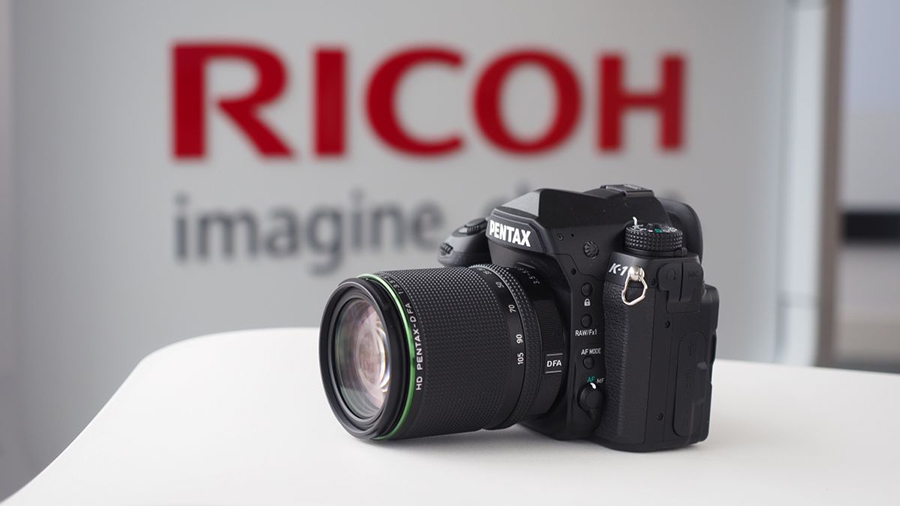
Trying to buy a camera is like trying to find a needle in a haystack in a tornado sometimes - available models and their prices shift on an almost daily basis. Camera technology doesn't date all that quickly, and you'll often find older models stay on sale even as they're replaced, which gives you plenty of opportunity to try and pick up a bargain.
There's more variation in camera prices than most gadgets and so it pays to shop around and sometimes to bide your time - that top-of-the-range model you've got your eye on may not be so prohibitively expensive in a few months' time. Don't click on the buy button the first time you see something in stock and of course take shipping costs into account.
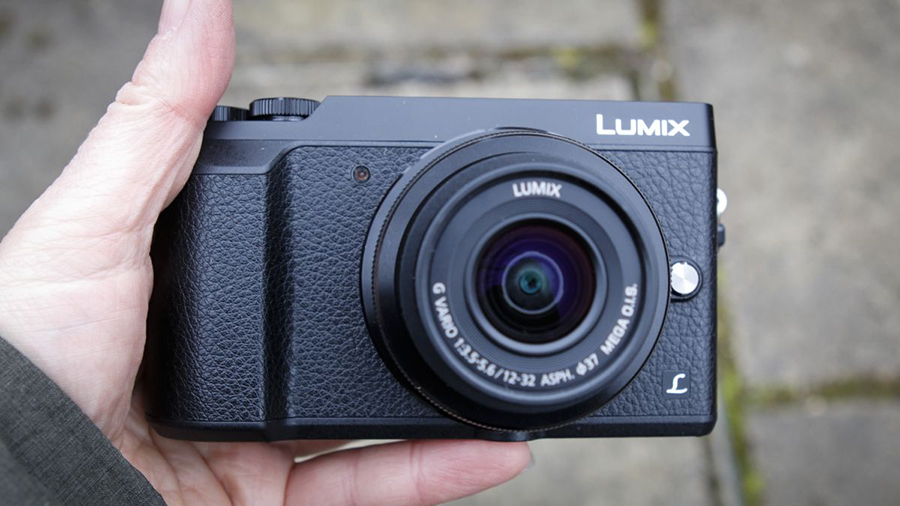
Don't ignore user reviews either: they appear on most retail websites and will often give you clues as to how particular cameras perform in particular conditions, as well as how they perform over time. Reviews from the experts can obviously help as well, and will usually come with sample shots taken by the camera that you can use for comparison.
Buying a camera can be a confusing and time-consuming process but it can also be a lot of fun as well - just think about all the great shots and memories you're going to capture with your new gadget. You certainly won't be short of reviews and other material to read as you carry out your search, which should help you pick out the model that's right for you.
Dave has over 20 years' experience in the tech journalism industry, covering hardware and software across mobile, computing, smart home, home entertainment, wearables, gaming and the web – you can find his writing online, in print, and even in the occasional scientific paper, across major tech titles like T3, TechRadar, Gizmodo and Wired. Outside of work, he enjoys long walks in the countryside, skiing down mountains, watching football matches (as long as his team is winning) and keeping up with the latest movies.
-
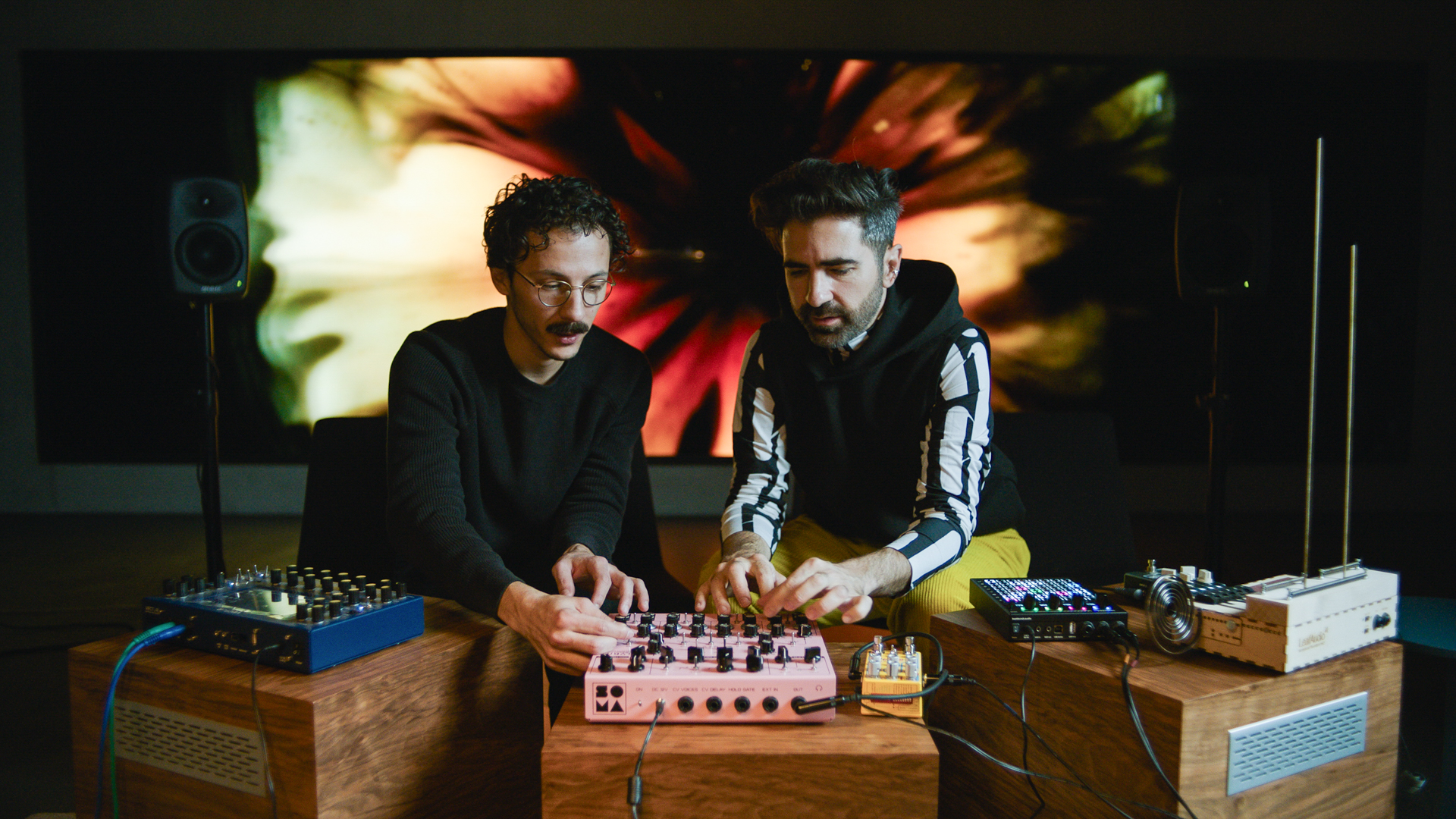 This is the sound of BMW's upcoming Neue Klasse EVs
This is the sound of BMW's upcoming Neue Klasse EVsHas BMW cracked the problem of making EVs sound fun with its next-gen soundscape for its Neue Klasse cars
By Alistair Charlton Published
-
 Build unshakeable core strength with a kettlebell and these three exercises
Build unshakeable core strength with a kettlebell and these three exercisesAdd this to the end of your workout to fire up your midsection muscles
By Bryony Firth-Bernard Published